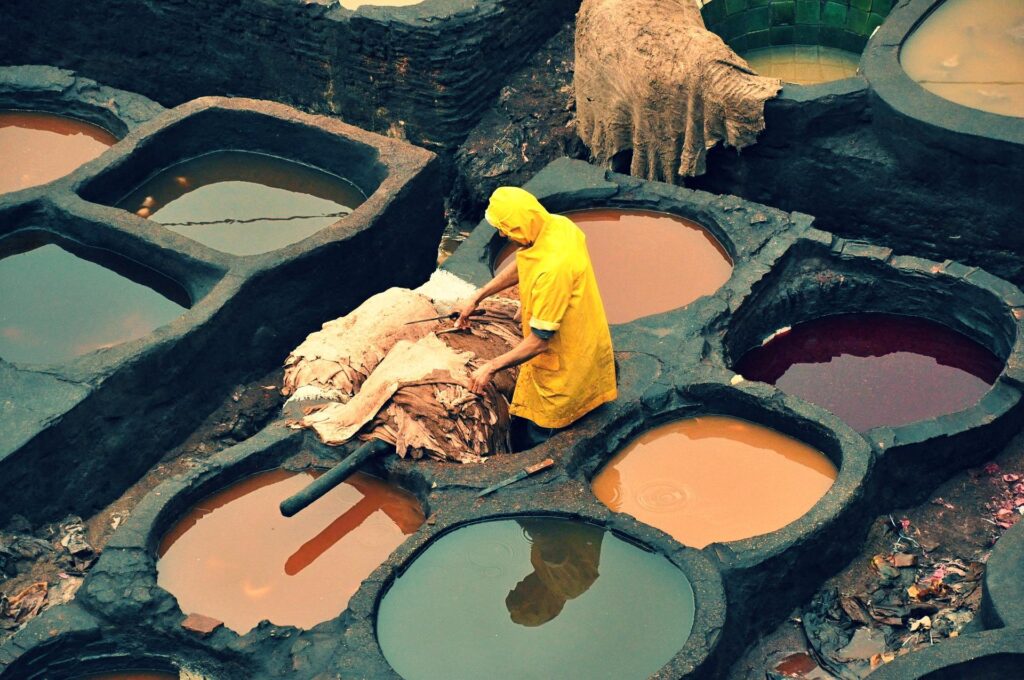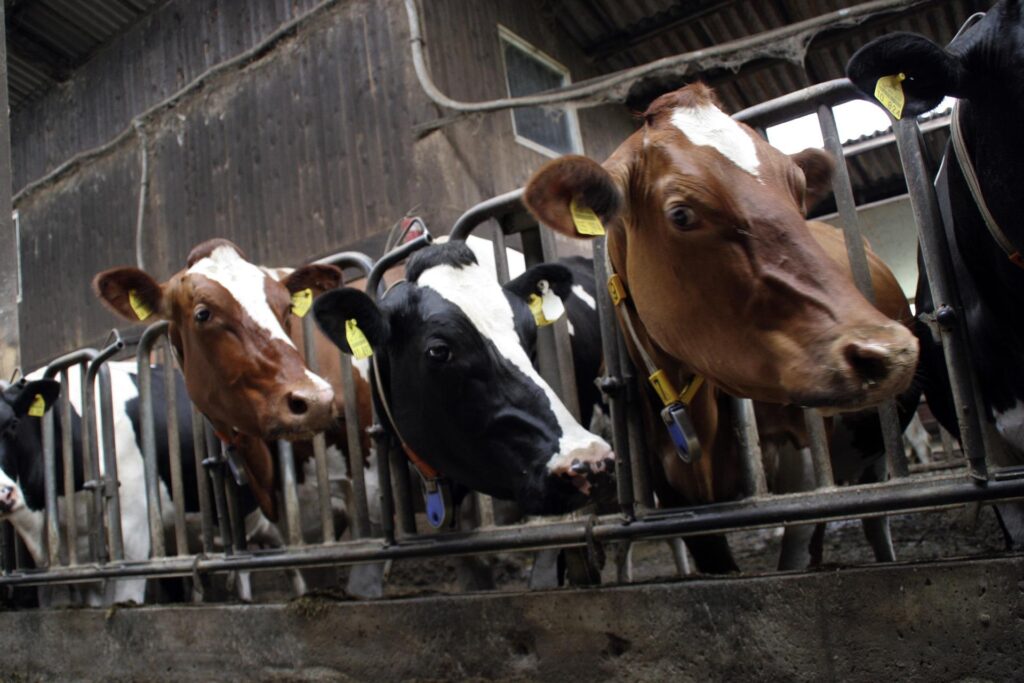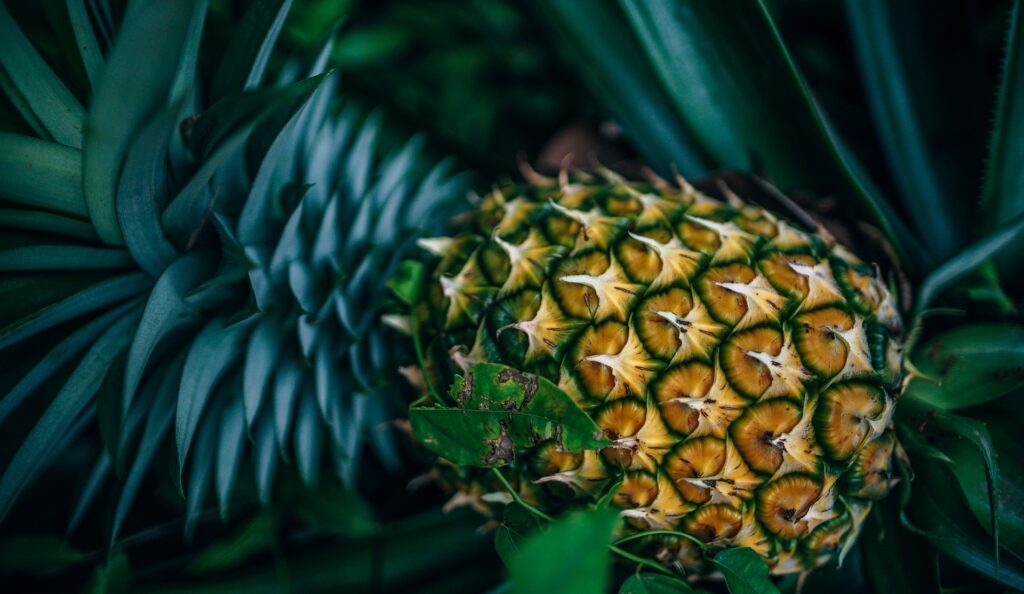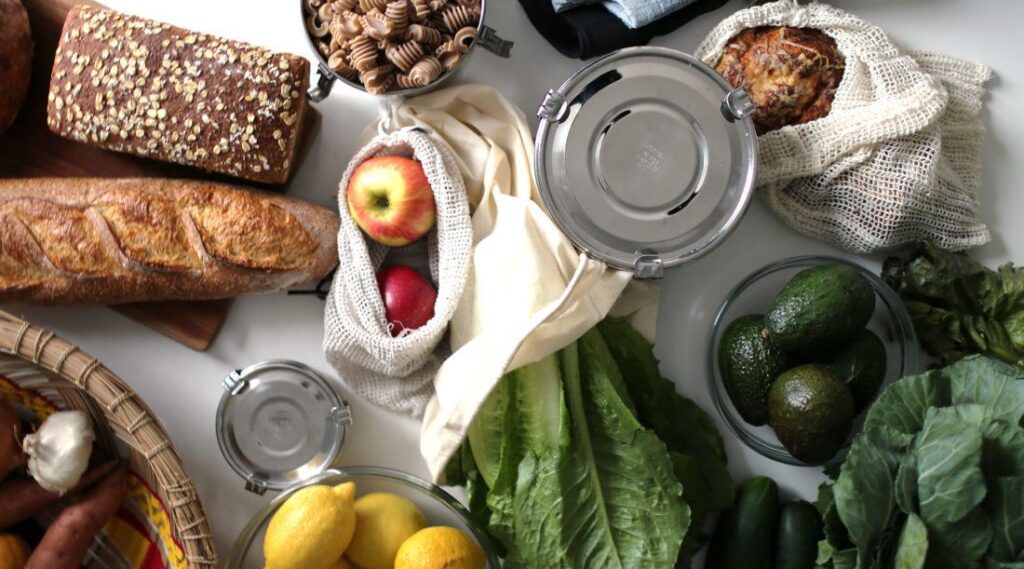What to know about Vegan Leather
- Animal leather is a coproduct of the meat industry, meaning it shares responsibility for the greenhouse gasses emitted from and deforestation driven by cattle ranching.
- Today, there are many types of nonanimal leather, including polyurethane-based leather and plant-based leather—although some are more environmentally friendly than others.
- Here's an overview of the ethics and sustainability of leather, secondhand leather, and plant- and plastic-based leather alternatives.
Leather is often called a byproduct of the meat industry, but experts today are quick to correct the record. PETA calls the material a coproduct of cattle farming, meaning cows aren’t just raised for beef and milk but also, equally, for this material.1
The ethics of animal leather versus faux leather have long been a subject of debate in the eco community because the latter is often made from plastic (hence the term “pleather,” a once-famous word for imitation leather made from polyurethane). You probably know all about the pitfalls of synthetic fibers—from their reliance on fossil fuels to microplastic pollution—and, well, conventional vegan leather is no exception.
Thankfully, new plant-based alternatives are constantly being added to the market. Leather is now no longer just animal- or plastic-based; it can be made with pineapple leaves, cacti, corn, apple peels, and all sorts.
Learn all about the impact of animal leather and its best and worst alternatives, ahead.
Environmental Hazards of Animal Leather

Leather’s environmental impacts start right at its source: the cows, of course. According to the United Nations, livestock accounts for 80% of agricultural land, and cattle ranching, specifically, is “the largest driver of deforestation in every Amazon nation.” The organization estimated in 2018 that 80% of total Amazon Rainforest clearance was for cattle.2
Making matters worse is the methane these animals emit, believed to have 80 times the warming power of carbon dioxide.3 The Food and Agriculture Organization says cattle represent 65% of global livestock emissions.4
Then, there’s the issue of tanning. Traditionally, leather is tanned with chrome—as in, it’s dyed in acid, salt, and chromium sulfate, among other chemicals. This process is a major source of water pollution. In India, chemicals from the tanneries color the waterways residents rely on for drinking and bathing. The toxic substances leach into groundwater and contaminate food crops.
Today, vegetable tanning is growing in popularity. In this natural alternative method, bark from oak and spruce trees, instead of synthetics, provide that characteristic rich camel hue. Brands are also taking steps to become more sustainable and transparent about their supply chains.
Take Suggies, for example, which has earned a BLUE Angel Certificate for its high environmental standards and whose Italian tannery holds a Gold Rating from the Leather Working Group. Other certificates to look for include the Brazilian Leather Certification of Sustainability, ZDHC, the LEATHER STANDARD by OEKO-TEX, and the Sustainable Leather Foundation.
The Ethics of Animal Leather

Environmental concerns aside, folks have long avoided leather because of animal welfare concerns. PETA has spoken out against the issue, saying that factory-farmed cattle and calves are subjected to “extreme crowding and confinement, deprivation, and unanesthetized castration, branding, and tail-docking—as well as cruel treatment during transport and slaughter.”
Although some brands vow to use only leather sold as a byproduct, not a coproduct, of the meat industry or claim to source hides grown only on “humane,” grass-fed farms, many animal rights advocates agree that leather is not, and never will be, ethical.
Is Vegan Leather Any Better?
Not long ago, the vast majority of leather marketed as “faux” or “vegan” was made from polyurethane, a synthetic resin derived from fossil fuels. In other words, it’s plastic—and it degrades like plastic, over hundreds of years. But even though it’s slow to degrade, pleather wears out much quicker than animal leather, about five years versus decades. And as it’s worn and cared for, it sheds a great deal of microplastics. These microplastics clog our oceans and contaminate our air and soil.
Are all leather alternatives this bad? Not exactly. Canussa is a PETA-approved brand that makes leather accessories from OEKO-TEX-certified microfiber. Every Canussa item sold equals one tree planted. Here are some more sustainable vegan leather options.
Leather Made From Recycled Plastic

Recycled synthetic leather is a two-birds, one-stone alternative that allows you to wear leather without hurting animals and divert plastic from landfills at the same time. Pixie Mood, proud cruelty-free handbag retailer, uses a solvent-free material made from used plastic bottles. So far, the brand has reportedly diverted 285,814 plastic bottles from landfills.
Leather Made From Plants

Plant-based alt-leather runs the gamut. You have brands like ASK Scandinavia, Svala, and A_C making bags out of Desserto (cactus leather) and Piñatex (pineapple leather) and Della Terra selling shoes made of corn, grape seed, and castor. Alexandra K and a multitude of other fashion brands use eco-PU, which is imitation polyurethane made from apple, pineapple, corn, and grapes—all byproducts of food and winemaking.
Other natural sources of leather include mushrooms, soybean waste, kombucha, leaves, and bark tissue (better known as cork).
New vs. Secondhand Leather
Which is more ethical and sustainable: buying vegan leather new or animal leather secondhand? It’s a common and quite polarizing debate, especially in the vegan community.
From a waste perspective, making use of items already in circulation is always better than buying new and creating demand for more production. From an emissions perspective, stretching the life of an item that has a large carbon footprint could be better than purchasing a relatively low-emissions item new (especially when you consider the lifespan of leather). From a welfare perspective, some animal advocates still avoid traditional leather on principle. Others cherish leather items with respect for the animals’ sacrifice. The choice is personal.
Shop Sustainable Leather Brands:
Sources:
- “This Is Why Carrying a Leather Handbag Is Just Like Biting Into a Hamburger.” PETA.
- “Every Bite of Burger Boosts Harmful Greenhouse Gases: UN Environment Agency.” United Nations. 2018.
- “Methane: A Crucial Opportunity in the Climate Fight.” Environmental Defense Fund.


